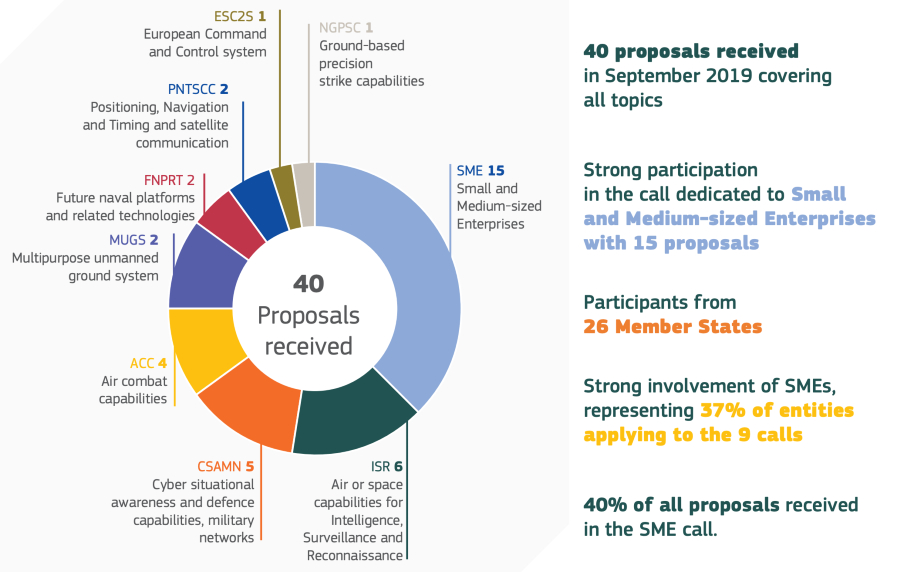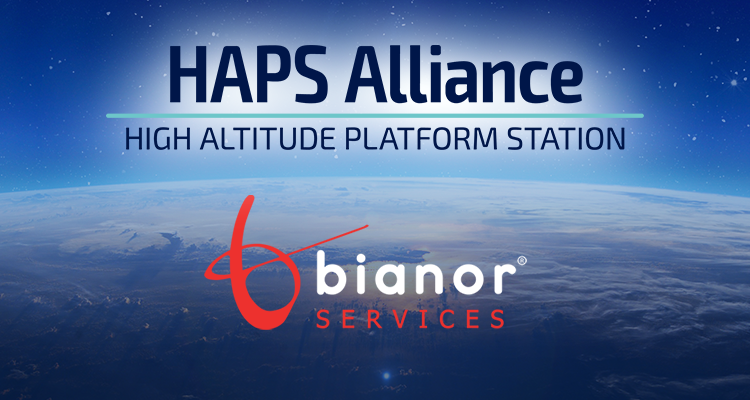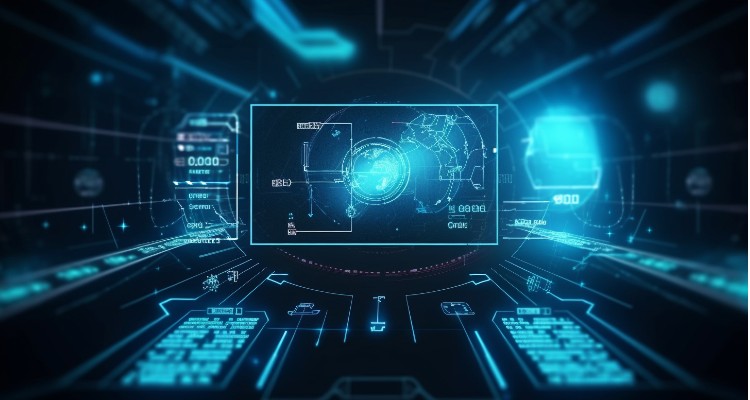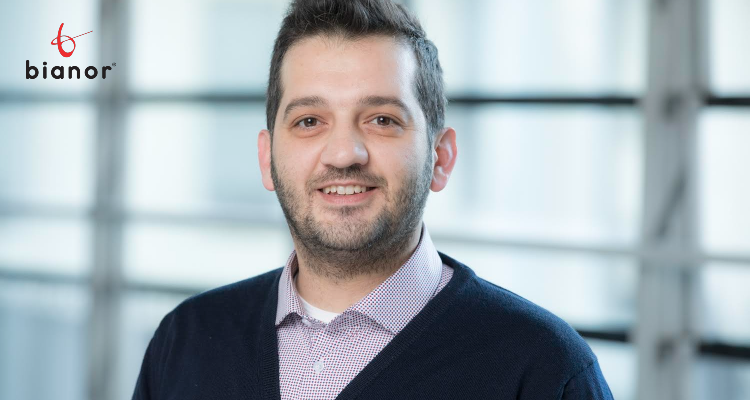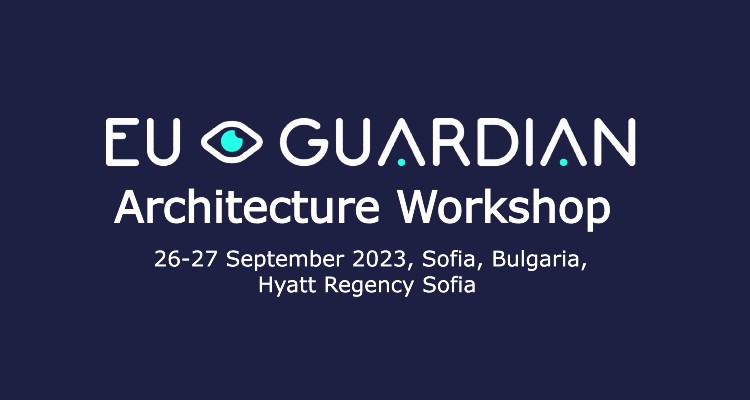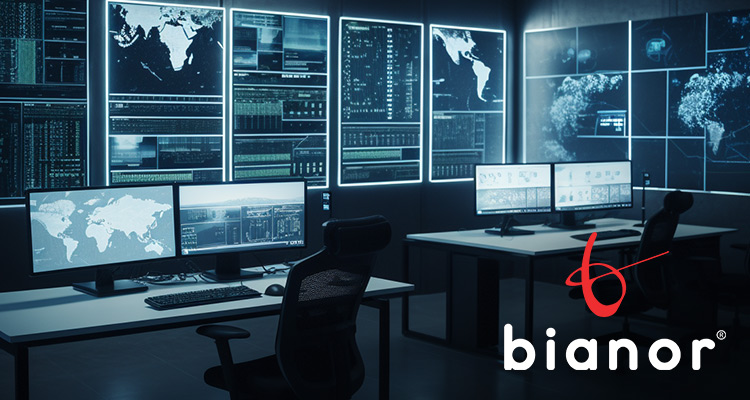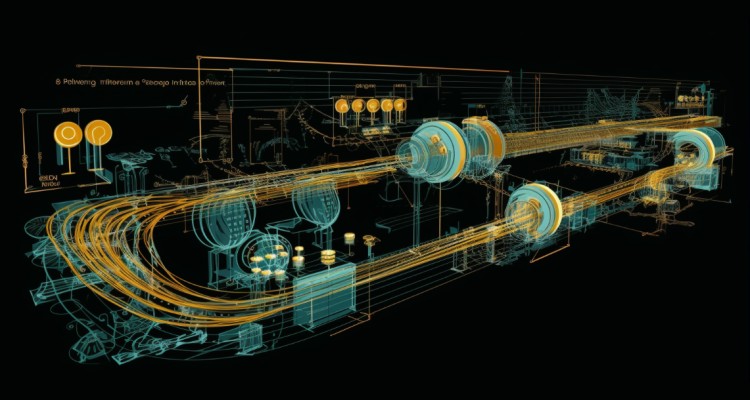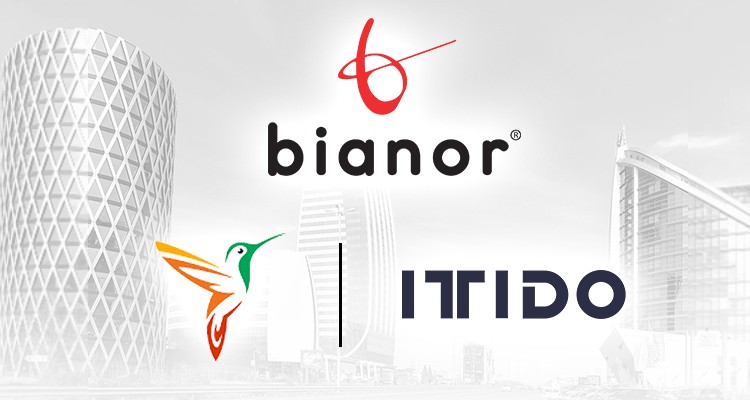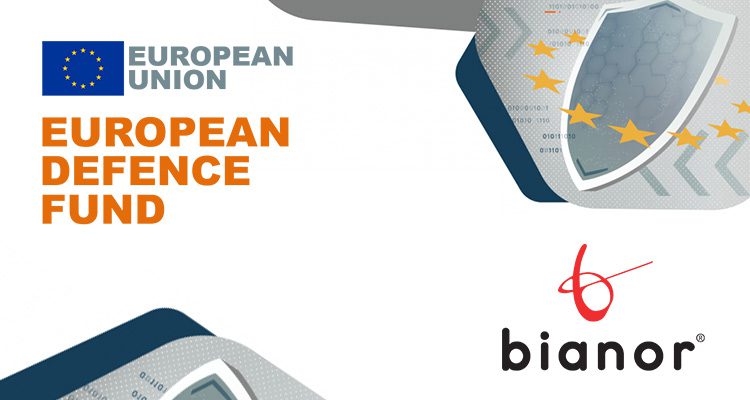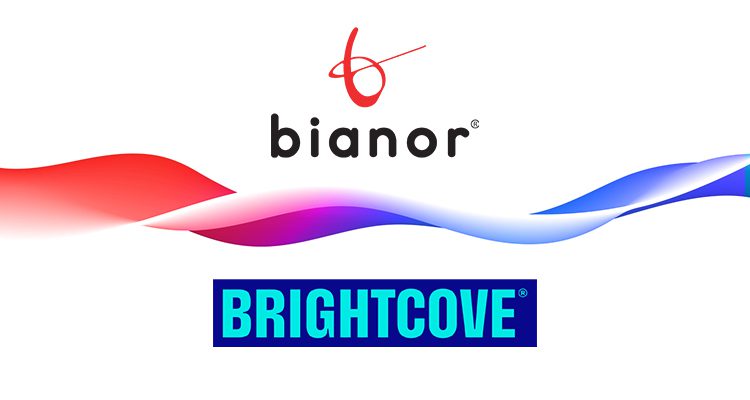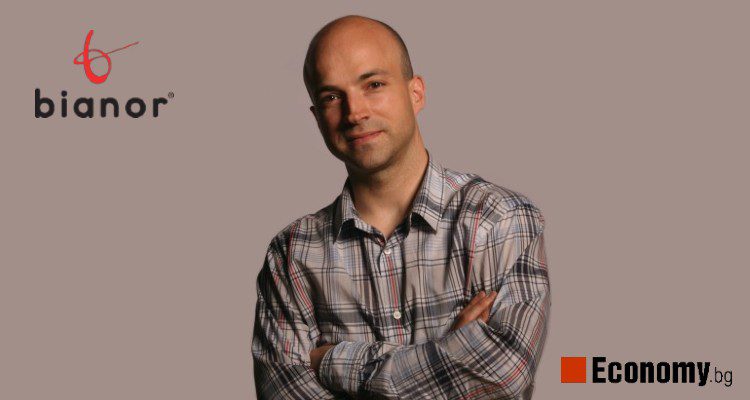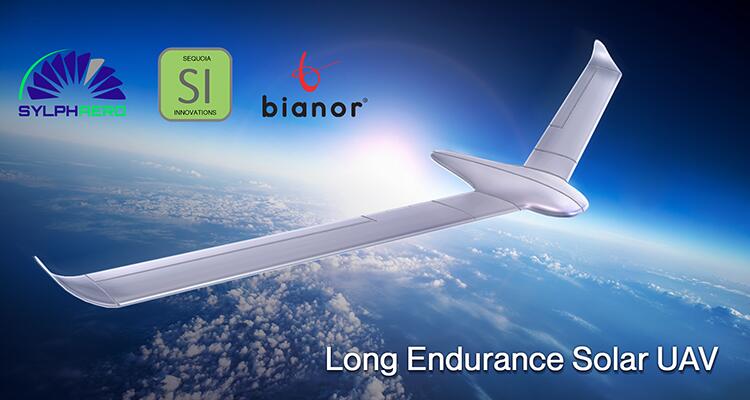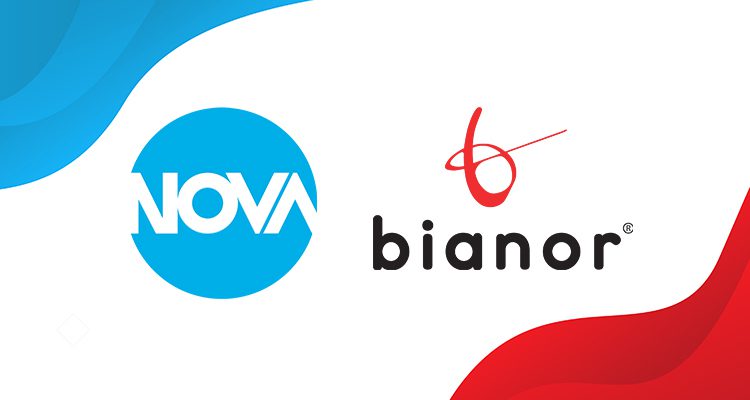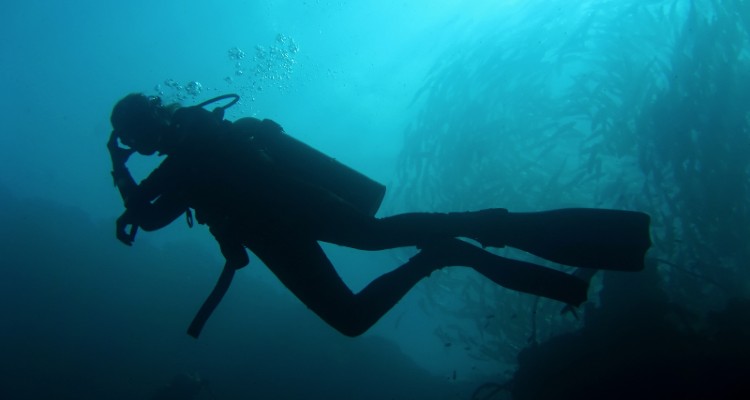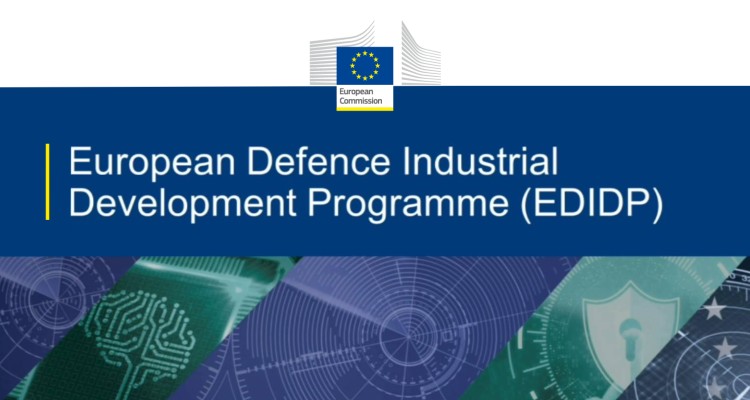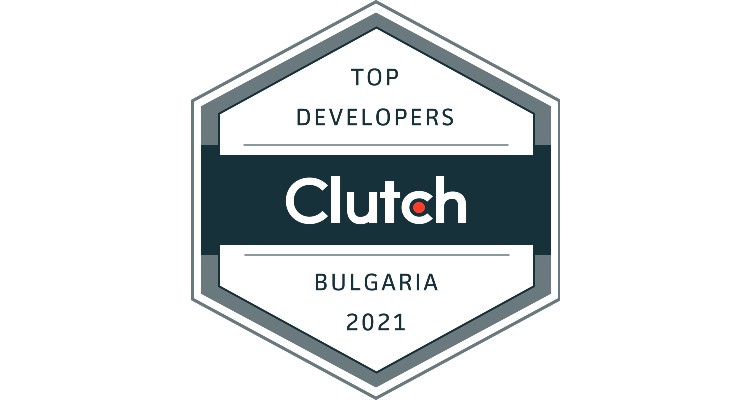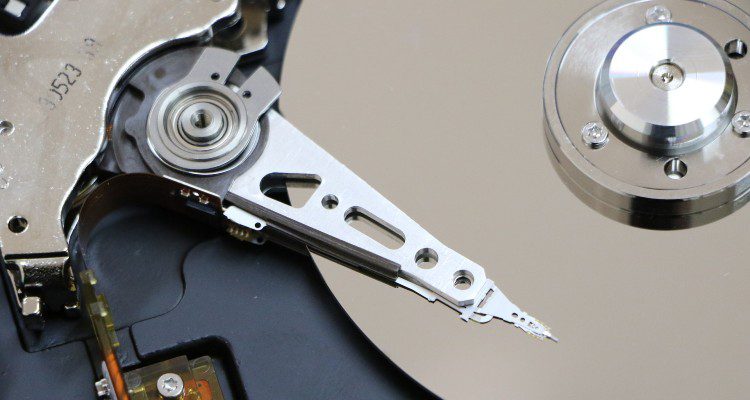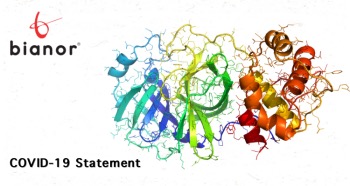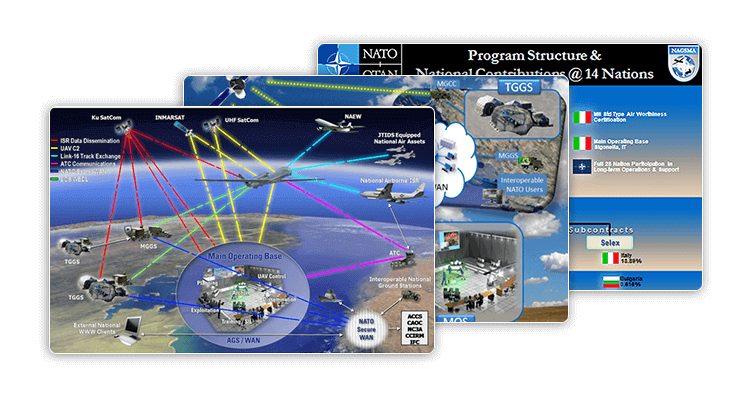EDIDP for a Greater Innovation Capacity in the EU’s Defense Industry
The program boosts collaboration in EU defense industry, actively involving small and medium-sized enterprises.
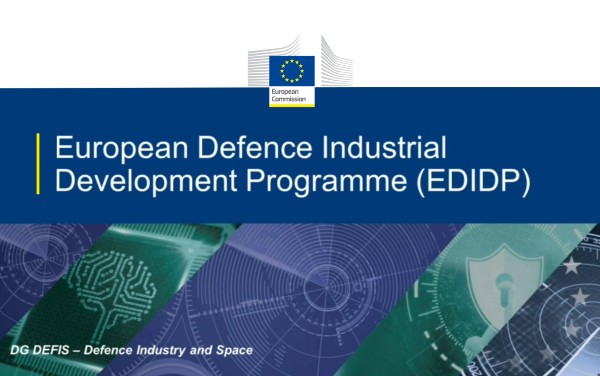
The Background
The ever-increasing challenges in the defense field urged the European Commission to revise its defense strategy back in 2016. As a result, the Commission created the European Defense Action Plan. The action plan aimed at complementing, leveraging, and consolidating collective efforts by all Member States. Furthermore, the Plan included the launch of the European Defense Fund (EDF). Its mission was to support collaboration and investment in joint research and development (R&D) in the area of defense equipment and technologies. The aim of the Fund was not to replace the national efforts in building defense technologies. Instead, its purpose was to encourage further development and innovation by stimulating cross-border cooperation. Bringing synergy and cost-efficiency in research, design, and development of defense-related projects was among the main tasks of the Fund.
European Defence Industrial Development Programme Launch
In 2018, the European Commission established the European Defence Industrial Development Programme (EDIDP) as part of the EDF. The goal was to foster competitiveness, efficiency, and innovation capacity within the Union. The bottom line of EDIDP was to support the efforts of the EU defense industry in developing defense equipment and technologies through co-financing from the EU budget. In addition, the program facilitates collaboration among defense industrial players in the EU, involving small and medium-sized enterprises (SMEs).
EDIDP has a budget of €500 million in total for 2019 and 2020 and assists collaborative development projects which otherwise would not have started due to their financing needs or the potential technological risks. The Fund’s objective is to deliver capabilities, ensure a competitive and innovative basis for the defense industry across the EU, and contribute to greater European defense cooperation. The result after the first call was 40 proposals. Sixteen of them were approved and are currently in their initial stage.
European Strategic Command and Control System Project
Bianor is part of one of the most comprehensive ventures, namely the European Strategic Command and Control (ESC2) System under the European Command and Control (C2) System from Strategic to Tactical Level call. The consortium includes 21 companies from six countries, with the coordinator being the Spanish technology company Indra. Other leading partners are Leonardo, Italy, Rheinmetall, Germany; and Thales, France. In addition, SMEs from Portugal, Luxembourg, Spain, Italy, Germany, Estonia, Poland, Bulgaria, and Greece take an active part in this enterprise.
The proposal covers the development of the advanced European Strategic Command and Control (C2) system, contributing to achieving the EU’s new level of ambition. The envisioned activities include a feasibility study and a system design. They will provide an integrated set of solutions, exploiting the emerging technologies in critical domains such as Information Technology and Communication Systems. The project aims at delivering a C2 system fully interoperable with the Command and Control structures/systems from the EU, Member States, NATO, and civilian agencies. The ESC2 System will give the EU strong command and control capabilities. These capabilities will allow all European countries to act in accordance and synchronize with their allies in international missions for peacekeeping.
Bianor’s role in ESC2 System
Bianor’s share in the project is tightly related to the company’s specialization in developing video streaming-related solutions and OTT platforms. The software development company will contribute to the communications domains in the Voice over IP (VoIP) and video streaming capabilities. Its tasks include System Specification, System Architecture, and Detailed System Design. Bianor’s previous experience in developing defense industry solutions will bring an essential benefit to the current project. In addition, the company will utilize its defense industry expertise acquired from one of the most extensive NATO projects in recent years – the Alliance Ground Surveillance (AGS) program, to provide crucial NATO Interoperability.
Experience in Defense Technology Projects
As a part of the AGS project, Bianor developed a software module responsible for transferring and processing motion and primary imagery data streams from the air and ground segments to the Main Operating Base. The software infrastructure developed by the company is capable of dealing with multiple simultaneous data streams coming to the Front End Processor from external sources (aircraft or ground radars). “Processing” includes extracting metadata/telemetry information from numerous synchronous feeds and converting it to engineering data structures suitable for further management by other software components, stored in archives, or visualized on monitor screens of the Operator Workstation. This authentic experience and know-how make Bianor a valuable partner in ESC2.
Time Frame and Structure
The Initial Operational Capability of the European Strategic Command and Control System must be available and in service by 2025. The engineering teams will achieve this goal by implementing a spiral development approach, defining four phases. Phase I is the stage in which the System will be designed. Therefore, the current call addresses only Phase I. The following steps will provide incremental capabilities starting from the existing European External Action Service (EEAS) capabilities. The second stage of the project – Phase II, which includes software development, QA and testing, and integration is expected to start in 2023, co-financed by the EDF.
OTT Video Streaming Essentials Fact Sheet
Download Bianor’s OTT Video Streaming Essentials Fact Sheet to learn more about the five most crucial components in video streaming.

